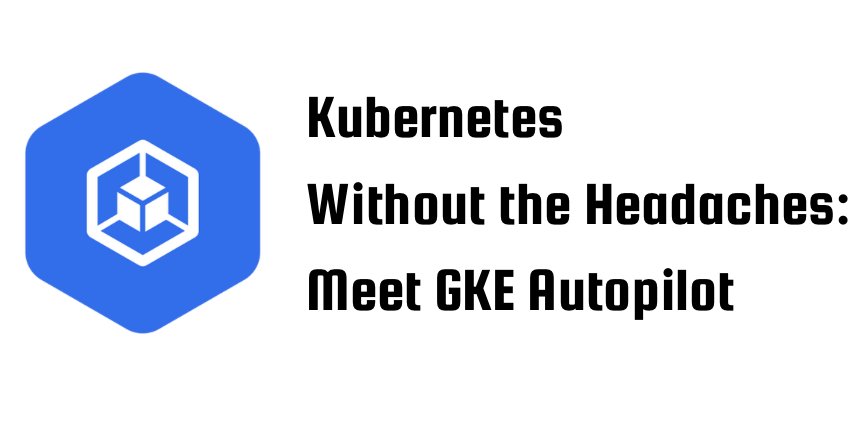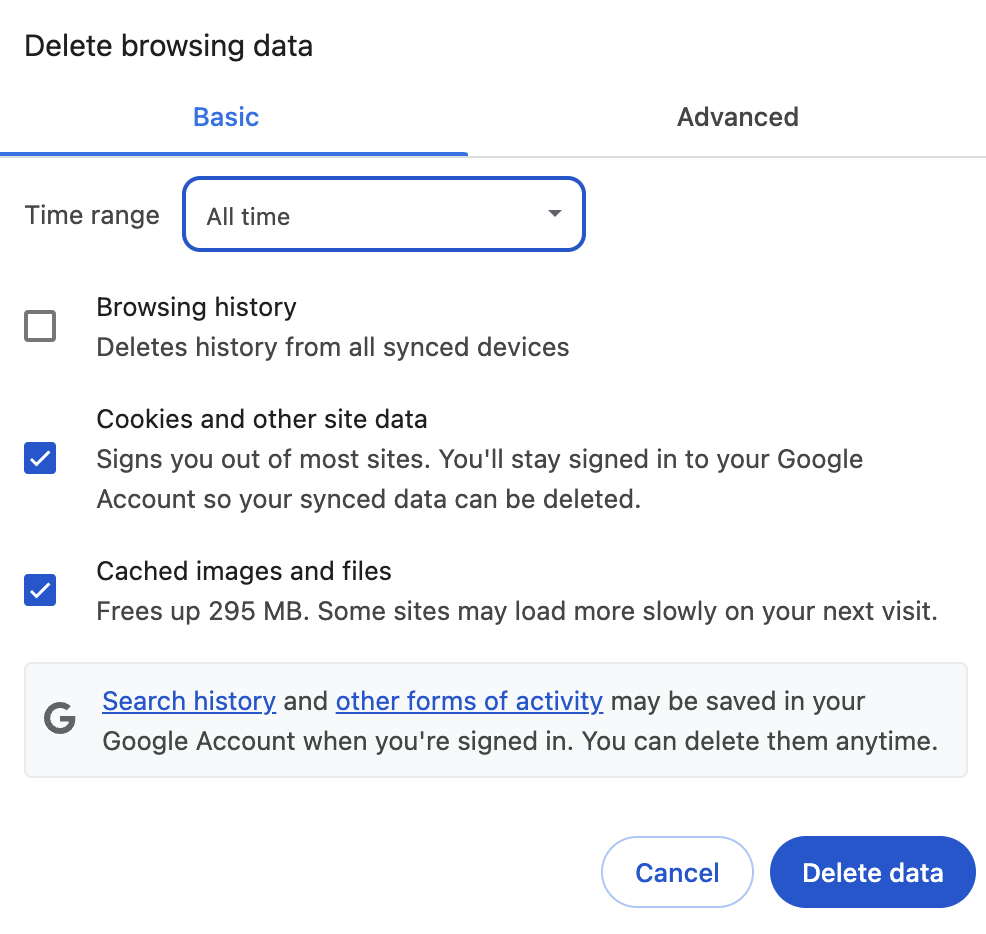
Why Autopilot Matters Right Now
Running containers at scale is great — until you spend evenings patching nodes or tuning autoscalers. Autopilot removes that burden: Google owns the infrastructure, security patches, and node lifecycle, so you can focus on shipping features.
Fun fact: The GKE team rolls out transparent updates almost as fast as a pit crew changes Formula 1 tires, keeping control planes and nodes current without slowing your apps.
- Pay only for what your Pods ask for. No silent charge for idle CPU or memory.
- System Pods are on Google. Logging, monitoring, service-mesh helpers — free.
- Full-node pricing appears only when you pick a compute class that locks one Pod to an entire VM, like high-end GPUs.
Real-life story: A podcast-editing startup compresses audio overnight using GPU compute classes flagged as Spot Pods. By letting jobs run during off-peak hours, the monthly bill lands at roughly half the price of keeping traditional VMs online all day.
- Application first. You write manifests; Google handles nodes and maintenance.
- Security on by default. Critical patches land automatically, unnecessary ports stay shut.
- Seamless scaling. Add Pods and watch new nodes appear — no scripts, no toil.
- Straightforward billing. One line in the invoice shows exactly what each workload consumes.
- Ready-made compute classes. Need Arm cores or GPUs? One annotation does the trick.
Quick note: A compute class is just a predefined bundle of CPU, memory, and hardware traits. “Balanced” suits most web services; “Scale-Out” shines when you run thousands of lightweight Pods, such as real-time chat shards.
- How many Pods will you need at traffic peaks?
- Is your workload CPU-intensive, memory-hungry, or GPU-heavy?
- Do you require a private network, or is a public endpoint fine?
- What corporate security rules (firewalls, IAM, VPN) must you respect?
- How will different teams access logs and metrics without stepping on each other?
Example: A biotech firm separates research and production into distinct Google Cloud projects. Research clusters allow public egress for fetching open-source models; production clusters are private, with strict service accounts and no external IPs.
- In-cluster traffic never bypasses your VPC firewall rules — Pod-to-Pod flows stay inspected.
- Private clusters keep every endpoint internal when public exposure is off the table.
- Multi-Cluster Services give a single DNS name to workloads spread across regions.
Fun fact: A global sports-streaming platform moved to private clusters after a forgotten test endpoint hit the “hot proxies” list and drained several terabytes of egress in one night.
Autopilot can shrink a cluster to zero nodes when nothing is running. As soon as you deploy or scale up, fresh VMs pop into existence.
- Use Horizontal Pod Autoscaler with built-in CPU/Memory metrics or custom ones from Cloud Monitoring.
- Check quotas early if you plan giant bursts — nobody enjoys a “quota exceeded” error five minutes before launch.
Example: A ticketing service for live concerts scales front-end Pods from 10 to 800 during on-sale moments, then contracts back overnight. The CFO loves the savings; the DevOps team loves their quiet pager.
- Network Policies are enforced out of the box.
- Workload Identity removes the need to stash cloud keys in YAML.
- Release channels decide how quickly new Kubernetes features arrive; choose Stable for maximum calm or Rapid for early access.
Example: A fintech startup uses Policy Controller to scan every manifest for encryption at rest and minimum resource requests before it reaches the cluster — no more “forgotten debug container” scandals.Creating a Cluster, Step by Step
- Enable the API and grant your service account the minimal “Cluster Admin” role.
- Fire up your cluster:
gcloud container clusters create-auto my-cluster \
--location=us-central1 \
--service-account=min-priv-sa@myproject.iam.gserviceaccount.com
3. Pull credentials:
gcloud container clusters get-credentials my-cluster \
--location=us-central1
Tip: Using a stripped-down service account means fewer worries during a security audit.
- Write a Deployment manifest.
kubectl apply -f your-app.yaml.- Specify requests; Autopilot honors them or fills in smart defaults.
- Need GPUs or Arm? Add a compute-class annotation — done.
Scenario: In-stadium sensors stream player speed and heart rate. A back-end converts raw data into live dashboards.
Why Autopilot? Traffic spikes only on game days; cluster idles the rest of the week. Autopilot spins up when the first request hits.
Scenario: Users open immersive spaces for private events that last a few hours.
Explanation: Each space becomes a Pod that asks for a GPU compute class. When the party ends, Pods disappear and the GPUs go back to Google.
Scenario: Researchers queue thousands of short-lived batch jobs.
Why it fits: Autopilot’s Scale-Out class runs a sea of tiny Pods; Spot pricing slashes compute costs without harming scientific timelines.
Certain tasks — like long chess tournaments or 48-hour hackathon servers — hate interruptions. Add this to your Pod metadata:
annotations:
cluster-autoscaler.kubernetes.io/safe-to-evict: "false"
Autopilot will avoid evicting that Pod for a full week during upgrades or scale-downs.
Heads-up: It won’t save you from a sudden hardware failure or an out-of-memory kill, but it removes most planned disruptions.
- Cloud Logging captures system and application logs.
- Cloud Monitoring draws latency and CPU graphs; alerts can ping Slack, email — whatever you choose.
- Managed Prometheus scrapes kubelet and dataplane metrics without a single Helm chart.
Example: A gaming company sets an alert: if matchmaking latency exceeds 300 ms for 10 minutes, an automated runbook increases Pod replicas. Players notice smoother queues; engineers notice fewer escalations.
GKE Autopilot turns Kubernetes into a service you consume, not babysit. Pick the right compute class, keep IAM tight, design the network with intention — and let Google handle the grunt work.
🙏 If you found this article helpful, give it a 👏 and hit Follow — it helps more people discover it.
🌱 Good ideas tend to spread. I truly appreciate it when readers pass them along.
📬 I also write more focused content on JavaScript, React, Python, DevOps, and more — no noise, just useful insights. Take a look if you’re curious.
Source Credit: https://medium.com/google-cloud/hands-off-kubernetes-in-2025-a-practical-walkthrough-of-gke-autopilot-04d82833b2ed?source=rss—-e52cf94d98af—4



